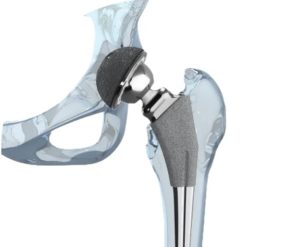I’m a-blowin’ down this old dusty road, Lord, Lord,
And I ain’t a-gonna be treated this a-way.
If Mother Nature could sing, she might well do a cover of that old folk song.
On an unpaved road, be it dirt or gravel, the impact of tires on the road pulverizes surface material, and the breeze of passing vehicles creates pollution, sending particles of soil into the air. The wear and tear on the road makes for a rougher riding conditions such as washboarding, but worse, the dust granules are swept away by the wind and most often land where they will be carried into the drainage system of the roadway.
One civil engineering graduate student in Kansas is working on a way to cut the dust.
“One of the problems with unpaved roads is that they are made from loose granular soils with particles that are not bound to each other on the road surface,” said Wilson Smith, a Kansas State University master’s student.
Image by LHOON
The sustainable plant byproduct "lignin" can reduce pollution from unpaved roads. It is 100 percent non-toxic, unlike traditional soil stabilizers.
The solution may be an industrial waste product called “lignin,” a substance found in all plants. The adhesiveness of the material, sometimes called “nature’s glue,” can significantly improve the stability of unpaved roads.
Kicking up a dust is just part of the problem. Erosion from unpaved roads is a major cause of pollution. The loosened dirt particles tend to wash into the roadway’s drainage system. That results in flooding, which in turn leads to more erosion. Most of the runoff will wind up in streams and rivers. There the sediment can reduce the stream’s capacity to let water flow and cause a cycle of more severe and more frequent flooding. That destroys wildlife habitat and harms water quality.
Several properties make lignin a valuable material. It is adhesive when it becomes moist, making it good for binding soil particles together and providing cohesion. Apart from environmental advantages, more stable roads have an added benefit of lower maintenance costs.
Smith is in the right spot for doing his research. Located in middle of the Great Plains, Kansas is one of the largest wheat-producing areas in the world, and wheat straw is an excellent source of lignin. And the need to improve roads is a big incentive there – more than 70 percent of Kansas’s 98,000 miles of roads are unpaved.
For his research, Smith takes soil and mixes it with different amounts of water and lignin. He is mixes various lignin concentrations with water – 2 percent lignin, 4 percent, 6 percent, 9 percent and 14 percent – to understand how different levels of lignin affect the soil cohesion and, consequently, road erosion.
As for application, lignin mixtures can be sprayed on a road surface to control dust. For stabilization, it's better to mix it with the top few inches of road surface. Some other benefits include increased load-bearing capacity (similar to a 3-inch layer of asphalt concrete), a firmer road surface without loose gravel, dust abatement, reduced frost-heave damage, and cost-savings in both construction and maintenance.
A person living in our region might ask how this all might relate to North Carolina. The Tar Heel state also is home to a robust agricultural industry. Lignin constitutes almost 30 percent of common coniferous and deciduous trees, and the state is home to many forestry operations and pulp mills. Lignin can also be extracted from cotton stalks, corn stalks, peanut shells and other crop residue.
As research reveals the optimum lignin concentrations and means of application, Mother Nature might well be able to sing another verse to the old song:
I'm a-goin’ where them dust storms never blow, blow, blow,
An’ I ain't a-gonna be treated this a-way.










Comments for this article are closed.